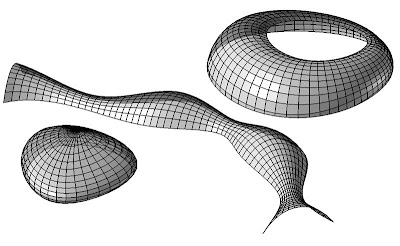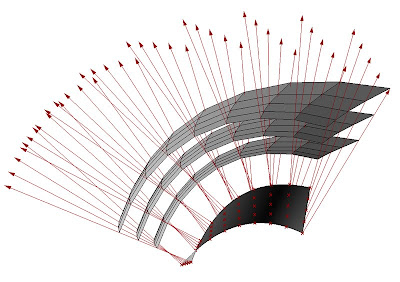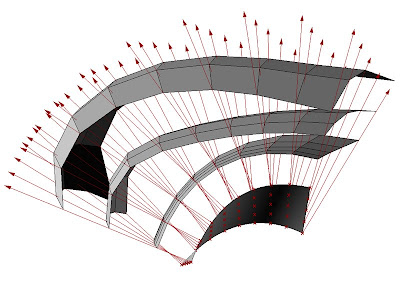This model of a free-form compression-only vault has been build using rapid prototyping. It stands just by gravity and friction. It is part of a research project of the BLOCK Research Group at the ETH Zurich. Two publications describe details about the structural models and the design process.

Form and force diagrams in plane, the force distribution in the network, and the form of the network in 3d.
The form-finding process is based on TNA, a method developed by Philippe Block.


Pictures and movie (c) by BLOCK Research Group
















































